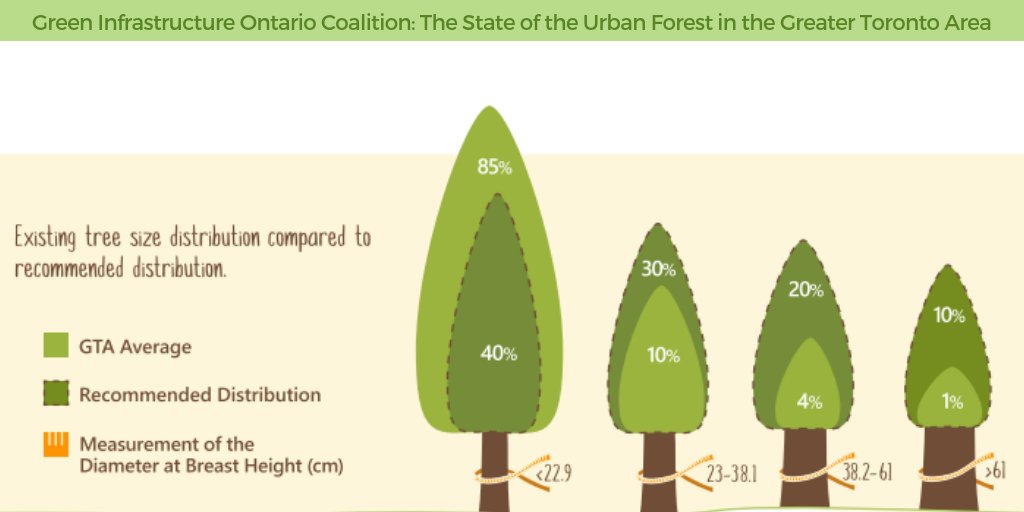The Ecological Effects Of Lowering Trees: Trick Insights You Required To Take Into Consideration
The Ecological Effects Of Lowering Trees: Trick Insights You Required To Take Into Consideration
Blog Article
Material By-Helms Kay
When it comes to the ecological influence of tree removal, there are vital aspects that require your focus. From the detailed web of connections within ecological communities to the succeeding impacts on environment patterns, the repercussions are extensive. You could be surprised to uncover the elaborate methods which the removal of trees can reverberate throughout the atmosphere. Remain tuned to unravel the intricate connections and effects of this apparently simple act.
Deforestation and Environment Loss
Logging and environment loss are important problems coming from tree elimination. When trees are cut down, it disrupts whole environments. Not only are the trees themselves lost, but the homes and food resources of countless plant and pet species are destroyed too. Birds shed their nesting websites, creatures lose their shelter, and pests shed their habitats. The effects surge with the food web, affecting killers and target alike.
Additionally, deforestation contributes to climate change. Trees play a crucial function in taking in co2, a greenhouse gas that catches warm in the ambience. With less trees, there's less carbon dioxide absorption, causing raised levels of this gas in the atmosphere and worsening global warming.
Habitat loss is a direct result of logging, as the damage of forests suggests the loss of one-of-a-kind and diverse environments. Numerous types are not able to adjust to quick changes in their setting, leading to population declines and, sometimes, termination.
Securing woodlands is vital to keeping the fragile balance of nature and ensuring the survival of numerous plant and animal varieties.
Influence on Biodiversity
The removal of trees has a significant influence on biodiversity, influencing the selection and abundance of plant and pet species in a location. Trees provide environment and food sources for countless organisms, from insects to birds to creatures. When trees are eliminated, these types lose their homes and resources of food, causing a decline in their populaces. This disturbance can have plunging effects on the entire community.
In addition, trees play a vital function in keeping biodiversity by developing microhabitats within their canopies, trunks, and origins that sustain a variety of varieties. When trees are lowered, these specialized atmospheres are damaged, reducing the total variety of the area.
Furthermore, the removal of trees can bring about a reduction in hereditary diversity within plant populaces, as particular tree types may no more have the ability to reproduce or distribute effectively. Shielding trees and forests is essential for protecting biodiversity and guaranteeing the wellness of communities for future generations.
Soil Disintegration and Environment Modification
With trees being gotten rid of from a location, the interruption of soil structure and stability happens, leading to raised dirt disintegration. Trees play a critical duty in avoiding disintegration by holding soil in place with their origin systems. When trees are eliminated, specifically in large numbers, the dirt comes to be more vulnerable to disintegration from wind and water. This disintegration not just impacts the prompt environments yet can additionally result in sedimentation in nearby water bodies, affecting water high quality and water ecological communities.
Furthermore, https://www.ocregister.com/laguna-woods-village-co-op-board-oks-species-based-tree-trimming help regulate the climate by soaking up co2 throughout photosynthesis. When trees are reduced, this all-natural carbon sink is diminished, adding to raised levels of greenhouse gases in the atmosphere. This can intensify environment change, bring about more severe weather events and interruptions in communities worldwide.
As a result, the removal of trees not only speeds up soil disintegration but likewise contributes in the bigger ecological problem of climate adjustment. It's critical to take into consideration these factors when assessing the effects of tree removal on the setting.
Final thought
Now that you understand the environmental influence of tree removal, think about the consequences prior to lowering trees. Logging interrupts ecological communities, minimizes biodiversity, and contributes to dirt disintegration and environment adjustment. By being mindful of the effect of tree removal, you can assist secure our environment and preserve the delicate balance of nature. Make notified selections and consider alternative options to reduce the adverse results on our planet.
